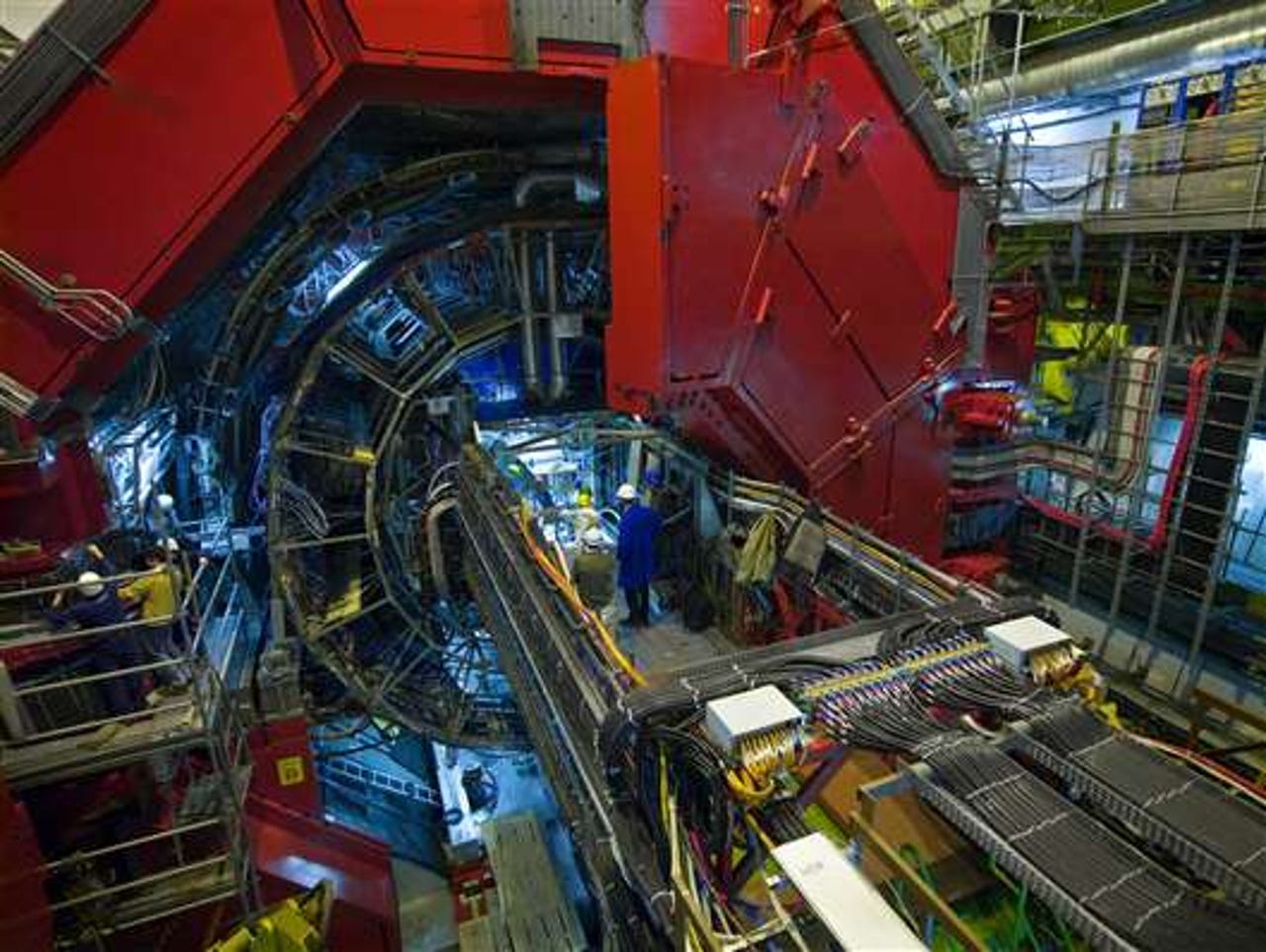CERN trains Large Hadron Collider on primordial plasma

It is not just about the Higgs, you know. The Large Hadron Collider at CERN, otherwise known as the biggest and most powerful particle accelerator ever built, is being used to paint the clearest picture yet of the earliest moments of the universe's existence. Part of that puzzle is about the hunt for the Higgs boson, but there are plenty of other areas of interest.
The time just after the Big Bang was strange indeed: matter existed, but not as we know it. The basic building blocks of all matter are quarks and gluons. Quarks come in all sorts of flavours: up, down, strange, charmed, top and bottom.
Today, 13.5 billion years or so after the universe popped into being, these building blocks are neatly arranged inside protons and neutrons. But back in the day, they roamed freely in an extremely hot and dense quark-gluon plasma.

It is this primordial plasma that researchers at CERN are seeking to understand. They do this by smashing a couple of billion lead ions into one another and watching to see what happens.
One of the experiments at CERN is called ALICE — A Large Ion Collider Experiment. The ALICE team is using the charmed quark as a probe to investigate the quark-gluon plasma. Because it is so much heavier than the other quarks, its passage through the plasma causes it to slow down, and this allows researchers to discover things about the nature of the plasma.
CERN said in a statement that the ALICE physicists "will report indications that the flow in the plasma is so strong that the heavy charmed particles are dragged along by it". The experiment has also observed "indications of a thermalisation phenomenon, which involves the recombination of charm and anti-charm quarks to form charmonium", according to CERN.
Spokeswoman Fabiola Gianotti said: "We have entered a new phase in which we not only observe the phenomenon of quark-gluon plasma, but where we can also make high-precision measurements using a variety of probes."
She added: "The studies will contribute significantly to our understanding of the early universe."
These results, and others, will be presented at the Quark Matter Conference this week in Washington DC.